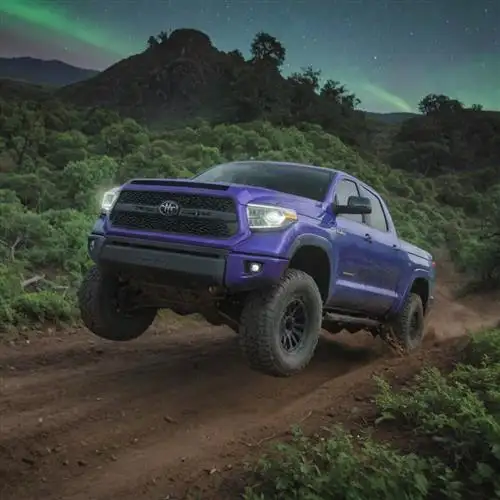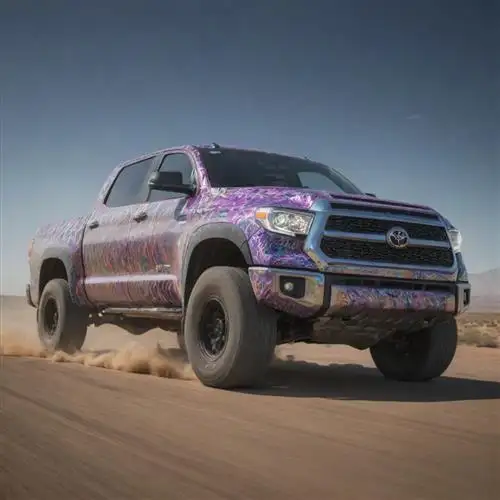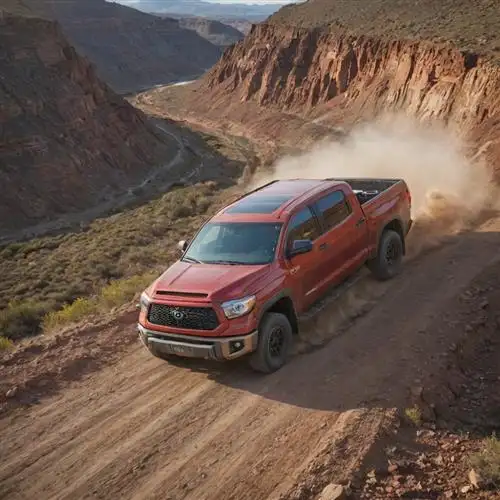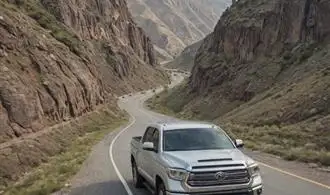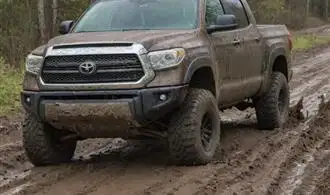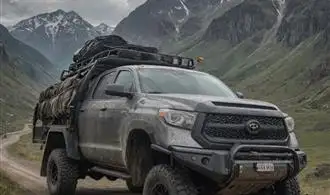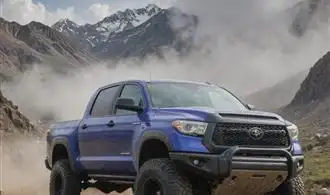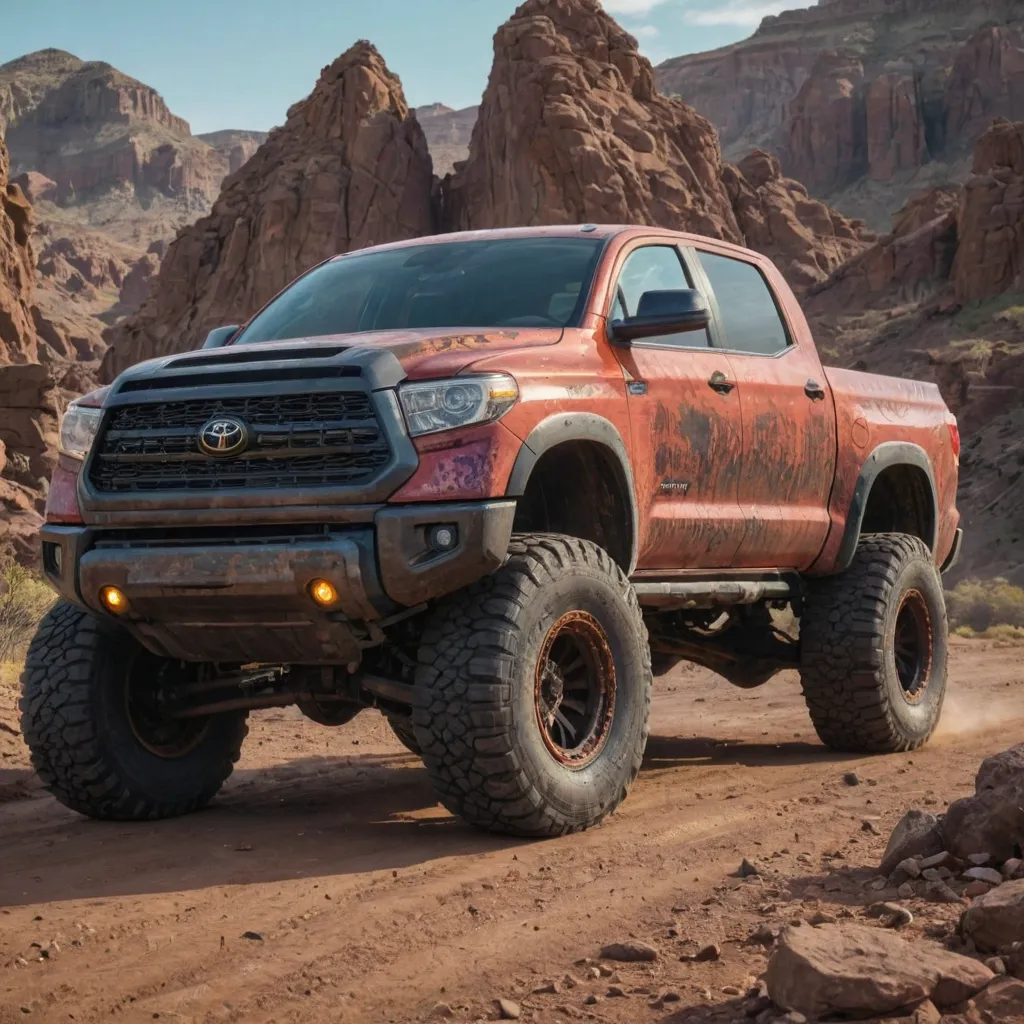
Tundra Engine Upgrades for Increased Horsepower
The Toyota Tundra is a formidable full-size pickup truck, but for many enthusiasts, the factory engine just doesn't deliver the level of power and performance they crave. Fortunately, there are numerous engine upgrades available that can significantly boost the Tundra's horsepower and transform it into a true performance beast. Here are some of the most effective Tundra engine upgrade options:
Supercharger or Turbocharger Installation: One of the most potent ways to increase the Tundra's horsepower is to install a high-quality supercharger or turbocharger system. These forced induction systems can add anywhere from 50 to 150 additional horsepower, depending on the model and the specific components used. However, it's important to ensure that the rest of the engine and drivetrain can handle the increased power output to avoid potential reliability issues.
Engine Displacement Increase: For those seeking even greater power, increasing the Tundra's engine displacement can be a game-changer. This typically involves replacing the factory engine with a larger, more powerful unit, such as a 5.7-liter V8 or a 6.2-liter V8. This type of upgrade requires significant time, effort, and financial investment, but the results can be truly impressive.
Cylinder Head Upgrades: Upgrading the Tundra's cylinder heads can provide a significant boost in horsepower and torque. High-flow cylinder heads, paired with performance-oriented camshafts and valvetrain components, can unlock additional power by improving airflow and increasing volumetric efficiency. This type of upgrade is often paired with other engine modifications for maximum effect.
Intake and Exhaust Modifications: Improving the Tundra's air intake and exhaust systems can also contribute to increased horsepower. Installing a high-flow air intake, along with a performance exhaust system (including headers, catalytic converters, and mufflers), can enhance the engine's breathing capabilities and allow for more efficient power delivery.
Engine Tuning and Remapping: In some cases, simply tuning or remapping the Tundra's engine control unit (ECU) can yield impressive horsepower gains. Professional tuners can optimize fuel and ignition maps, adjust boost pressure (for turbocharged models), and unlock hidden power reserves within the factory engine.
Suspension Modifications for Improved Handling
Suspension modifications are a crucial aspect of enhancing the Toyota Tundra's performance and handling. One of the most effective ways to improve the Tundra's ride quality and cornering ability is through upgrading the suspension components. Here are some key considerations for suspension modifications:
Lift Kits: Investing in a quality lift kit can dramatically transform the Tundra's on- and off-road capabilities. Lift kits not only increase ground clearance but also allow for the use of larger tires, enhancing the truck's overall agility and handling. When selecting a lift kit, it's important to choose one that is compatible with the Tundra's specific model and year, as well as ensures a smooth and balanced ride.
Shock Absorbers: Upgrading the Tundra's shock absorbers can significantly improve its suspension performance. Aftermarket shock absorbers, such as those from brands like Fox or Bilstein, offer enhanced damping and control, resulting in a more responsive and stable ride. These shocks are designed to handle the rigors of off-road use while maintaining excellent on-road performance.
Coilover Suspension: For those seeking a more sophisticated suspension setup, coilover systems can be an excellent choice. Coilover suspensions allow for precise adjustments to both the spring rate and damping, enabling you to fine-tune the Tundra's ride and handling characteristics to your specific preferences. This level of customization can be particularly beneficial for those who frequently tow heavy loads or tackle challenging off-road terrain.
Sway Bars: Upgrading the Tundra's sway bars can greatly improve its cornering stability and reduce body roll. Larger, stiffer sway bars help to distribute weight more evenly during cornering, resulting in a more responsive and predictable handling experience. This modification is especially beneficial for those who enjoy spirited driving or frequent towing.
Aerodynamic Enhancements for Increased Top Speed
The Toyota Tundra is renowned for its impressive performance capabilities, and one of the key factors contributing to its top-end speed is its aerodynamic design. The Tundra's engineers have meticulously fine-tuned the vehicle's exterior to minimize drag and maximize airflow, allowing it to achieve impressive top speeds. Let's dive into some of the specific aerodynamic enhancements that make the Tundra a force to be reckoned with on the open road.
One of the most notable aerodynamic features of the Tundra is its front grille design. The grille has been carefully sculpted to channel air smoothly around the vehicle, reducing drag and improving overall airflow. This design not only enhances the Tundra's visual appeal but also contributes to its exceptional top-end performance.
Another key aspect of the Tundra's aerodynamic prowess is its streamlined body shape. The truck's sleek, angular lines and carefully placed contours work together to minimize wind resistance and guide air around the vehicle efficiently. This attention to detail in the Tundra's design translates to increased top speed and improved fuel efficiency, making it a compelling choice for drivers who value both performance and practicality.
The Tundra's aerodynamic enhancements extend beyond just the body design. The truck's side mirrors have been meticulously engineered to reduce drag, with their smooth, aerodynamic shapes minimizing turbulence and air disruption. This attention to detail in the Tundra's overall design helps to maximize its top-end speed and overall performance capabilities.
One innovative feature of the Tundra that contributes to its aerodynamic efficiency is its active grille shutters. These shutters, located in the front grille, can automatically open and close to control airflow, optimizing it for different driving conditions. When the vehicle is traveling at higher speeds, the shutters close to reduce drag and improve airflow, enabling the Tundra to reach its top-end velocity with greater ease.
Additionally, the Tundra's underbody design plays a significant role in its aerodynamic performance. The truck's flat, smooth underbody helps to minimize air turbulence and guide air efficiently underneath the vehicle, reducing drag and contributing to its impressive top-end speed.
Brake System Upgrades for Improved Stopping Power
The Toyota Tundra is a powerful and capable truck, but its stock brake system may not always be adequate for demanding driving conditions or heavy-duty towing. Upgrading the brake system can significantly improve the Tundra's stopping power and overall braking performance. Here are some key considerations for Tundra owners looking to enhance their truck's braking capabilities:
Brake Pad Replacement: One of the easiest and most cost-effective upgrades is to replace the factory brake pads with a higher-performance aftermarket option. Look for pads that offer improved friction material, increased pad volume, and better heat dissipation. This can translate to shorter stopping distances, reduced brake fade, and longer pad life.
Brake Rotor Upgrades: Upgrading the brake rotors can also enhance the Tundra's braking performance. Larger-diameter rotors, cross-drilled or slotted designs, and high-quality materials like two-piece or floating rotors can improve heat dissipation and provide more stopping power. This is particularly beneficial for those who tow heavy loads or engage in frequent off-road adventures.
Brake Caliper Upgrades: Replacing the stock brake calipers with larger, more powerful units can significantly boost the Tundra's braking capabilities. Look for aftermarket caliper kits that offer increased piston size and improved clamping force. This upgrade can be particularly useful for those who plan to install larger diameter brake rotors or who frequently tow heavy loads.
Brake Fluid Upgrades: The type of brake fluid used in the Tundra's system can also impact its braking performance. Consider switching to a high-performance, high-temperature brake fluid that can withstand the increased heat generated during heavy braking. This can help prevent brake fade and ensure consistent, reliable stopping power.
Brake Line Upgrades: The factory brake lines on the Tundra may be susceptible to expansion under high pressure, which can lead to a spongy pedal feel. Replacing the stock brake lines with stainless steel or braided-steel alternatives can help maintain a firm, responsive pedal and improve overall braking precision.
Tire and Wheel Modifications for Enhanced Grip and Traction
For Toyota Tundra owners seeking to optimize their vehicle's performance, tire and wheel modifications can make a significant impact. Larger, more aggressive tires with enhanced tread patterns can provide superior grip and traction, particularly in off-road or challenging terrain. Consider upgrading to wider, taller tires that offer improved contact with the ground, offering increased stability and control. Pair these with sturdy, high-quality wheels that can handle the additional stress and weight.
Upgrading your Tundra's suspension in conjunction with tire and wheel modifications can further enhance its capabilities. Lift kits or leveling kits can provide the necessary clearance to accommodate larger tires, improving overall ground clearance and approach/departure angles. This can be especially beneficial for those who frequently venture off the beaten path or encounter rough, uneven surfaces.
When selecting tires, prioritize models designed for your specific driving needs. All-terrain tires offer a balanced blend of on-road comfort and off-road performance, while mud-terrain tires excel in more extreme conditions but may sacrifice some on-road handling. Consult with a reputable tire specialist to determine the optimal tire size and tread pattern for your Tundra and driving habits.


